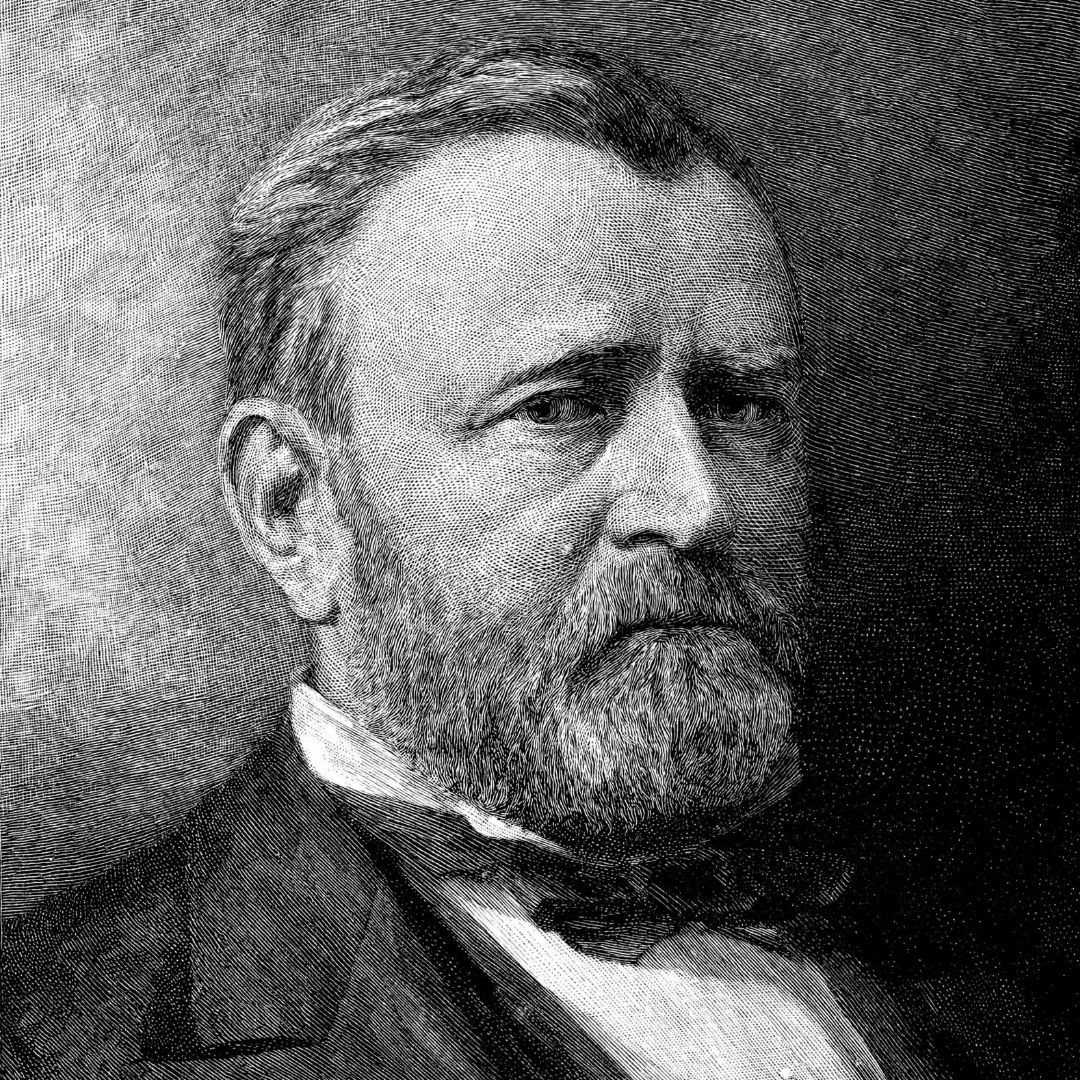It’s time for a quiz: Which of the following presidents signed off on the most new national parks?
- Jimmy Carter
- Theodore Roosevelt
- Franklin Roosevelt
- Woodrow Wilson
Often called America’s Best Idea, the National Parks are an enduring symbol of conservation efforts, intricately associated with many of our presidents.
Nearly every president since Ulysses Grant has visited the national parks for recreation, to boost tourism, or to make a political statement on their support for conservation.
Most historians do not give Grant high marks for his time in office. However, his most enduring act was proclaiming Yellowstone our first national park in 1872. It was a startling, revolutionary American concept at the time, first in the world. Grant, with congressional legislation, formally took public land and set it aside in perpetuity for future generations. No longer would such pristine natural places of wonder be left to developers, miners, and profiteers.
By the time Theodore Roosevelt became president in 1901, there were 4 national parks. Theodore, a lifetime conservationist, and close friend of John Muir, wasted little time in expanding the number of parks from 4 to 7, bringing on Crater Lake in Oregon, Wind Cave in South Dakota, and Mesa Verde in Colorado. But he didn’t stop there. At his urging, Congress passed the Antiquities Act of 1906. This act has been used extensively to create hundreds of national: monuments, seashores, forests, and recreation areas in all 50 states. With a stroke of his pen, Roosevelt created the first 18 national monuments, such as the Devil’s Tower in Wyoming.
By the time of Woodrow Wilson’s presidency (1913-1921), the parks needed serious help. They were underfunded, undermanaged, and lacked coherent guidelines to endure for the long run. Poaching, grazing, and drilling were difficult to control. Congress passed and Wilson signed the Organic Act of 1916 that established the National Park Service, provided structured leadership, and added funding that would assure the long-term preservation of the parks. It also acknowledged the value of tourism to the long run viability of the parks, thereby setting up an enduring Ying and Yang between preservation and tourism.
While in office, Wilson signed off on 7 new parks, the third highest of any president. Grand Canyon was one he elevated from national monument status to full national park.
Calvin Coolidge loved the parks too. In August 1927 he vacationed in the Black Hills of South Dakota, presenting Gutzon Borglum with 6 steel drill bits to kick off the carving of Mount Rushmore National Monument.
Franklin Roosevelt, elected 4 times, had time to bring 8 national parks into the system, the second highest of any president. Great Smokey Mountain National Park, the most popular of all the parks, was one of his first in 1934. He also brought in one of the least visited parks, Isle Royale, an island in Lake Superior.
Beyond the 8 parks, Franklin Roosevelt signed an Executive Order in 1933 that further organized the park service, bringing unity of supervision to parks, monuments, battlefields, property in the nation’s capital, and sites such as George Washington’s home at Mount Vernon. His Civilian Conservation Corps also used Great Depression funding to build roads, lodges, ground erosion, and infrastructure for the parks from 1933 to 1942.
With a solid understanding of the American public’s love of the parks, every president since Dwight Eisenhower has signed off on at least one new national park, bringing today’s total to 63 parks. As evidenced by the fact that 54% of the parks were created since 1961, these presidents all want the afterglow of national parks as part of their legacy.
None more so than the son of Georgia, Jimmy Carter, who signed off on 10 new parks during his single term of office, the most of any president. The Alaska National Interest Lands Conservation Act of 1980 created 6 parks in the 49th state. He also signed off on Theodore Roosevelt National Park in North Dakota, honoring TR for his monumental contributions.
Carter used the Antiquities Act of 1906 to create the Chattahoochee River National Recreation Area that many of us have visited on the north side of Atlanta.
If your answer to the quiz was Jimmy Carter, you get an A+.
If you’re like me, you really enjoy visiting these magnificent parks. Next time you take one in, pause, and consider how this Best Idea has enhanced your life and brought a glowing legacy to the presidents involved in their creation.
Interested in learning more about the presidents? Visit the Carolyn & James Millar Presidential Gallery on the upper level of the Booth Western Art Museum. The gallery features original letters and photographs of every U.S. president. Learn more at www.boothmuseum.org.














